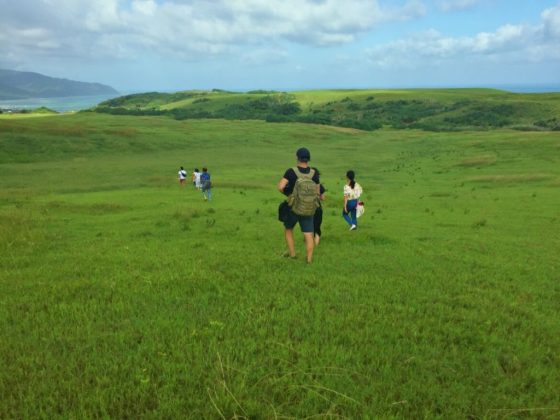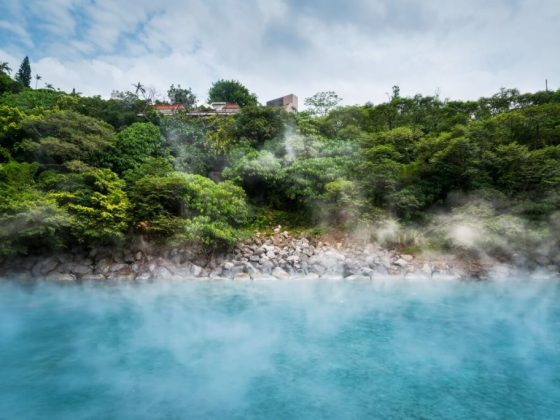Taipei has a history of providing relaxing haven to weary Americans dating back to the days of the Vietnam war, when American troops visited Taiwan for R&R tours between combat tours. While some of this R&R was certainly of the more sordid variety, this element of mid-twentieth century Taiwan Tourism is already pretty well documented.
At the risk of being accused of glossing over the skin trade aspect, I’m going to guess that the most welcome part of Taipei R&R for most American soldiers was not booze and girls, but the far more innocent pleasure of being able to stroll around among friendly people without having to worry about being killed. I can only back this up with anecdotal evidence of the many former soldiers I’ve met who’ve spent longer waxing on more innocent memories of their own Taipei R&R experiences than they did on tales of the Taipei neighborhood euphemistically called The Combat Zone. (Read more: Things Every Drinker Should Know about Taipei’s Bar and Nightlife Scene)
I’m too young to have personal memories of Taipei R&R during the Vietnam war, so I’ll leave those to the soldiers themselves (perhaps as an honorable mention somewhere in Ken Burns’ latest film). But I feel it’s important to start an article about Taipei’s place in the R&R world a nod to history. My own recent Taipei Rest and Relaxation was nothing so dramatic. Instead, I’d been asked to take one of MyTaiwanTour’s products, the aptly named Taipei Rest and Relaxation Tour, for a sort of test drive.

The tour began in the lobby of the Landis Hotel where I met our guide, Yang, and a young couple from Japan who’d also signed up for the tour. Whisked away in a luxury sedan Yang brought us to a spa in the Songshan District where our small group was welcomed by a multilingual staff before being brought upstairs for our private reflexology session. (Read more: Five Taipei Spas Worth Visiting)
The experience began with a ten minute foot soak, during which time our shoulders, necks and heads were massaged. This was a prelude to the core reflexology session. In a nutshell, reflexology holds that each internal organ has a corresponding point on the foot, and that massaging these points on the feet can restore health and balance to the overall body. Communication is an important component in a reflexology session, as the therapist will, through the course of the massage, wish to ask questions (“is this spot particularly sore?”), usually followed by information and advice (“that’s the spot for the kidneys” and “You need to drink more water.”) While I speak Mandarin, the other two guests did not, and were thus quite happy that a Japanese translator was one of the perks of the VIP package.

Relaxed and refreshed, we headed on to the next leg of the tour. Yang pointed out a few spots of interest as we drove towards Taipei 101, where our small group was able to skip the usual line at Din Tai Fung and be seated on arrival. Over the next hour, small courses consisting of between one and four dumplings per person of nearly every type on the Michelin starred restaurant came and were consumed, along with a few other dishes. If you’ve not been to Din Tai Fung, you should go.

Their xiao long bao (little dragon dumplings) are probably the best on the planet, and in addition to eating a great meal (and in the case of the tour, one offering an abundance of variety thanks to the company’s relationship with the restaurant), you also get to watch the chefs making dumplings through the glass kitchen window, which is always fun. The last three times I’d been to Din Tai Fung was as a guide, so being able to enjoy a meal as a pure guest was, well, relaxing. (Read more: Taiwan’s Top 10 Soup Dumplings)
After the meal, we enjoyed a bit of shopping in the 101 Mall and a moonlight stroll before calling it a night. Needless to say, I slept like a baby.
Until next week,
JSB
Interested in joining MyTaiwanTour’s Taipei Rest and Relaxation Tour? Click here for more details.












Comments are closed.